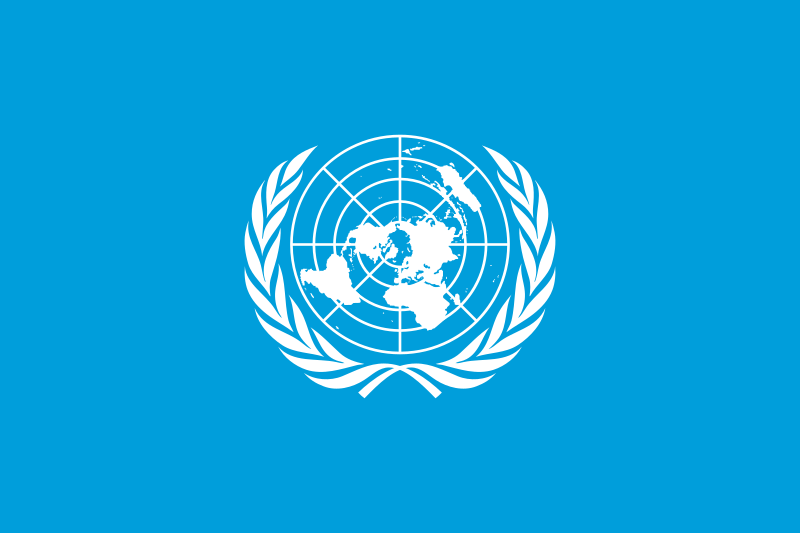The relentless Israeli offensive in the Gaza Strip has set back Palestine’s overall socio-economic development by more than 20 years, according to a new UN report released Thursday.
The joint study by the UN Development Programme (UNDP) and the Economic and Social Commission for Western Asia (ESCWA), revealed that the poverty rate has surged to 58.4 per cent since October 7 –pushing nearly 1.74 million additional people into poverty.
At the same time, the gross domestic product (GDP) plummeted by 26.9 per cent, resulting in a loss of $7.1 billion compared to a 2023 baseline before the war.
“Every additional day that this war continues is exacting huge and compounding costs to Gazans and all Palestinians, now and in the medium and long term,” Achim Steiner, UNDP Administrator said in a statement.
“Unprecedented levels of human losses, capital destruction, and the steep rise in poverty in such a short period of time will precipitate a serious development crisis that jeopardizes the future of generations to come.”
Projections in the assessment paint a bleak picture for a prolonged conflict.
If the war were to continue for nine months, poverty levels could more than double to 60.7 per cent, with an additional 1.86 million people falling into poverty. The GDP would further decline by 29 per cent, equating to total losses of $7.6 billion.
The assessment also warned of sharp decline in the Human Development Index (HDI), UNDP’s summary measure of wellbeing. In that scenario, the HDI for the State of Palestine could fall to 0.647, setting back progress by more than 20 years – to earlier than 2004.
For Gaza, the projections are more dire. After nine months of war, the HDI could reach 0.551, setting back progress by 44 years.
ESCWA Executive Secretary, Rola Dashti, highlighted the unprecedented scope of destruction in Gaza, noting that the region may become fully dependent on external assistance.
“Unlike previous wars, the destruction in Gaza today is unprecedented in scope and scale and coupled with the loss of homes, livelihoods, natural resources, infrastructure as well as institutional capacities, may have deep and systemic impacts for decades to come,” she said.
“This assessment projects that Gaza will be rendered fully dependent on external assistance on a scale not seen since 1948, as it will be left without a functional economy, or any means of production, self-sustainment, employment, or capacity for trade,” Ms. Dashti added.
The assessment’s findings align with the Joint Interim Damage Assessment by the World Bank and the United Nations, which estimated direct damages to Gaza’s infrastructure at $18.5 billion as of January 2024, equivalent to 97 per cent of the State of Palestine’s total GDP in 2022.

